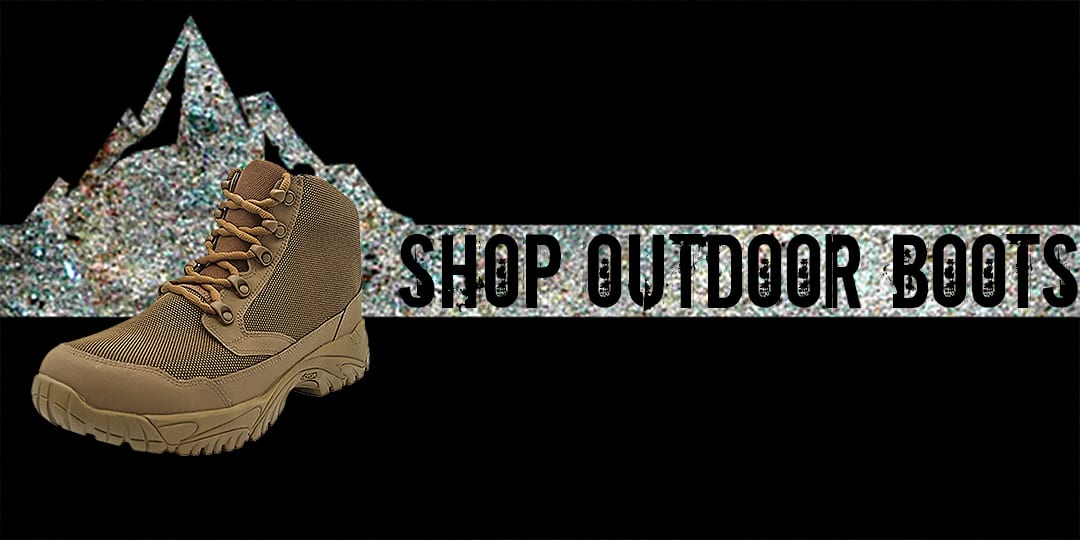ALTAI™ Pro Tip: Choosing The Right Socks

Behind every great pair of boots, is a great pair of socks. We’ve all experienced a horrible mismatch between the two: too hot, too ‘slippery,’ blistery, the list goes on. Finding the right match between which socks to wear with your boots can mean a world of difference while you’re on your feet for extended periods of time.
Some sock materials will be better for certain temperatures, wetness, or sometimes just come down to personal preferences. Here’s a general guide to the typical socks materials to consider:
Synthetic Fabrics: There are a huge array of synthetic fabric socks. From cooling polyester fibers for the summer, to fabrics that “trap in” heat, without the bulkiness of thicker materials.
Wool: Known for its incredible insulating abilities, wool is one of the most popular types of socks for many adventurers. Synthetic blends of wool or merino may be preferable, since wool can be considered scratchy for some.
Cotton: Although the most common sock material, cotton socks are not recommended for hikes or long excursions. Cotton is extremely absorbent (imagine foot sweat!) and tends to dry very slowly.
Silk/Wicking Materials: Other kinds of socks, like silk, can be used as a liner inside your sock. These materials can help wick away moisture, keeping your “main sock” comfortable and dry.

Among these sock options, you will also want to consider whether your adventure will require lightweight, middle-weight, or mountaineering socks. Choose based on the temperature, dry/wet environment, and weather you will be facing. And it’s never a bad idea to have a back-up pair, for the unexpected.
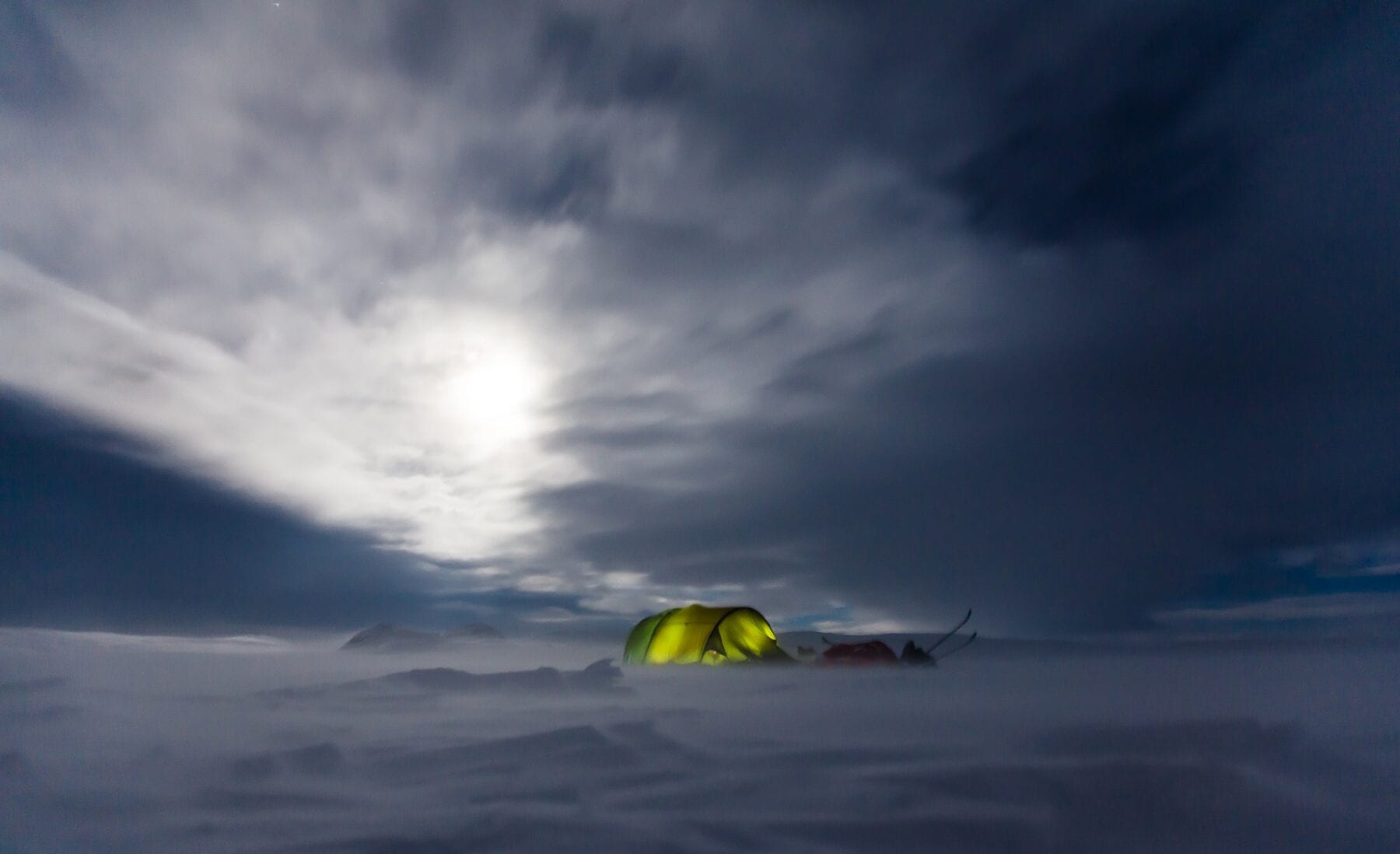
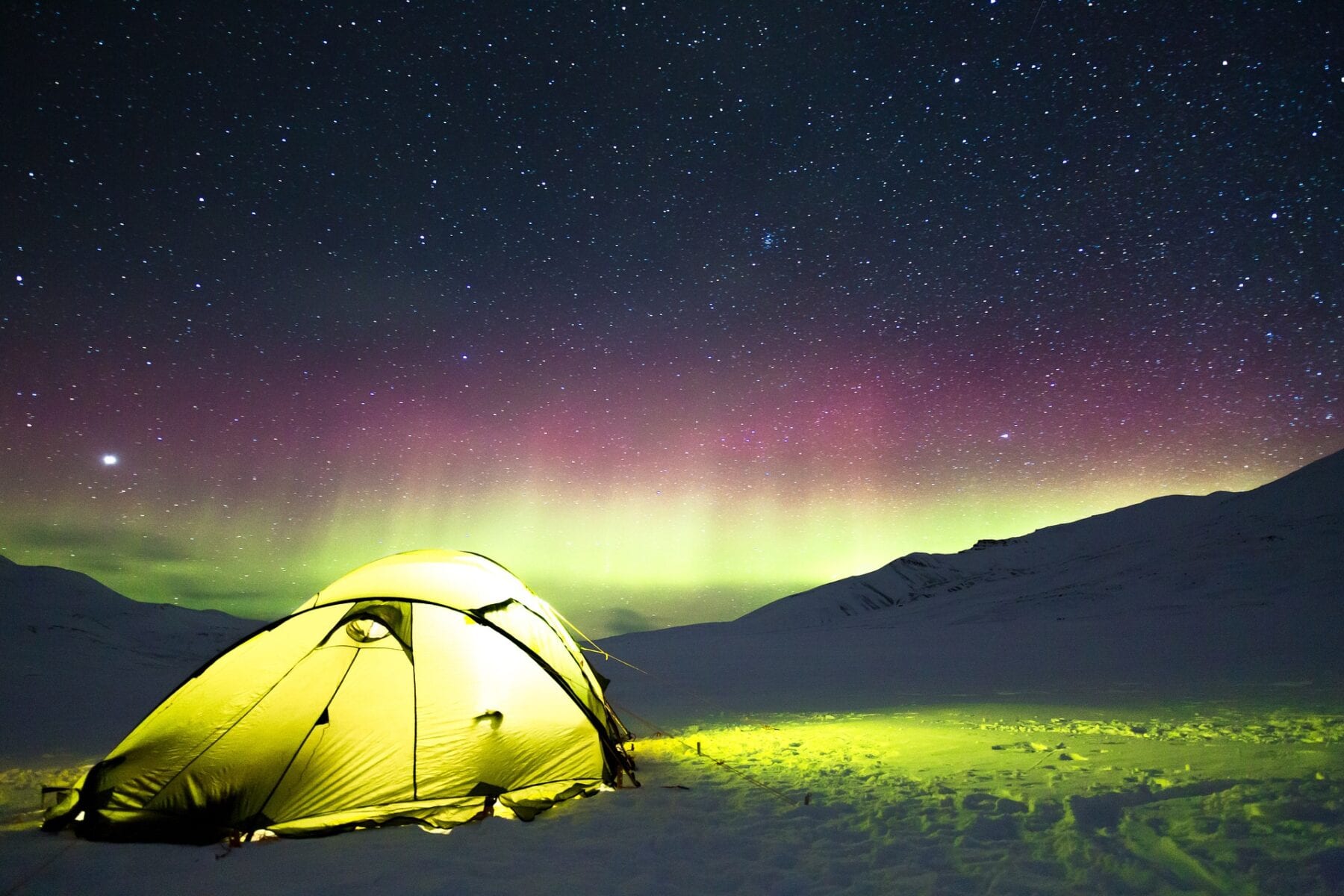 Winter is a special season to enjoy the Great Outdoors, especially if you go camping. Most people have given up on braving the cold, snow, and wind, so serenity and isolation are at their peak. Here are some important tips to keep in mind to ensure a safe, enjoyable time during this magical season.
Winter is a special season to enjoy the Great Outdoors, especially if you go camping. Most people have given up on braving the cold, snow, and wind, so serenity and isolation are at their peak. Here are some important tips to keep in mind to ensure a safe, enjoyable time during this magical season.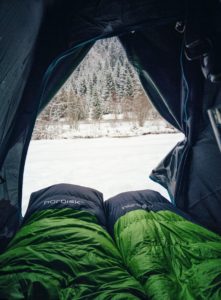
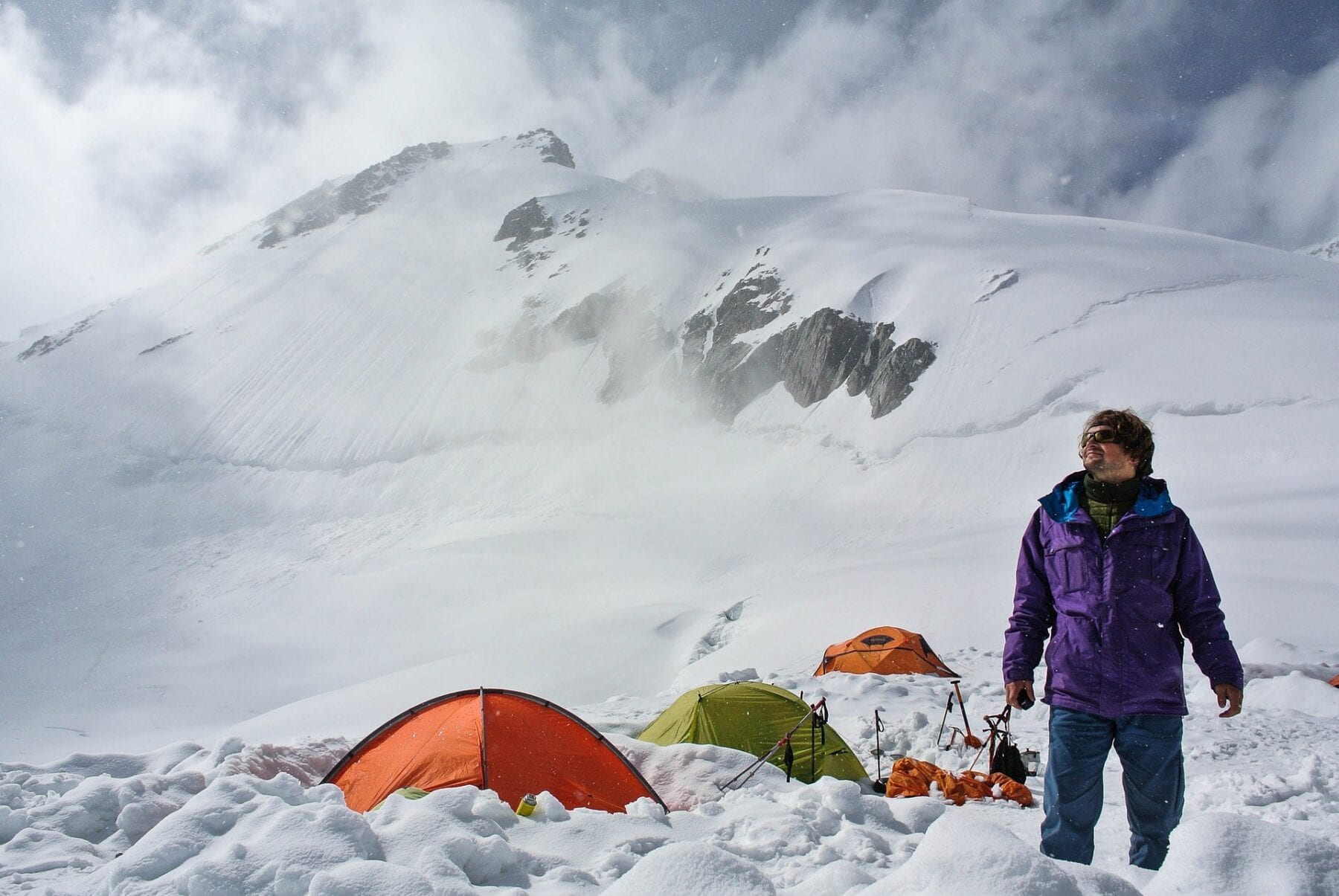 Leave The Water Filter At Home
Leave The Water Filter At Home